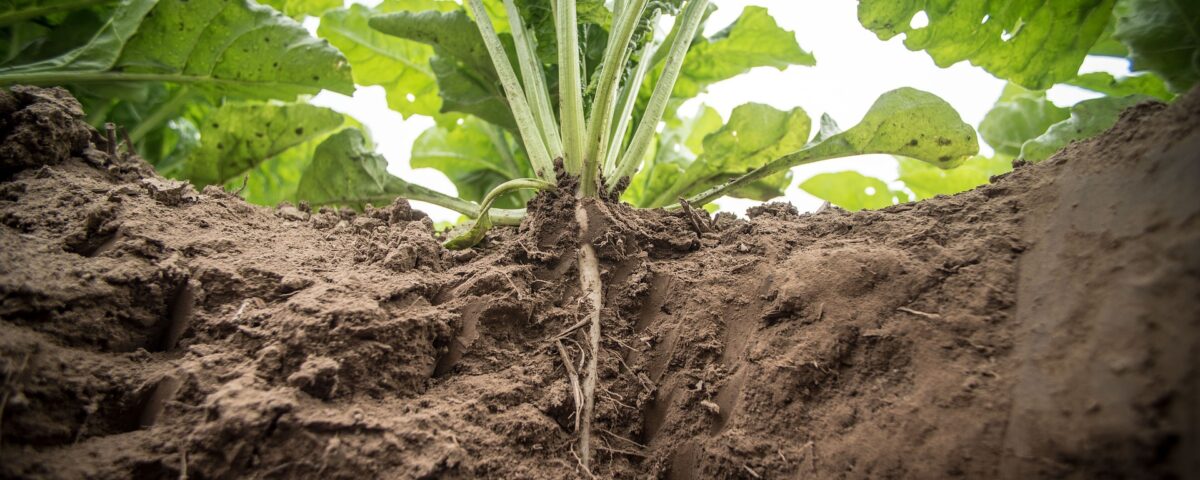
EUROPE : Marketing authorisations with exemption of studies in Southern Zone Member States
28 November 2023
EUROPE – COM: Update of the analytical guidance document for residues
30 November 2023EFSA published on 29 November 2023 a guidance on the assessment of pesticide residues in rotational crops.
This document aims to provide further guidance on the consumer risk assessment process in line with the EU legal requirements (section 6.6 of Regulation (EU) No 283/2013), the Guidance Document Appendix C – 7524/VI/95 rev.2 (Testing of plant protection products in rotational crops), the OECD Test Guidelines (OECD 502 – Metabolism in Rotational Crops and OECD 504 – Residues in Rotational Crops (Limited Field Studies)) and the OECD Guidance Document ENV/JM/MONO(2018)9 (Guidance document on residues in rotational crops). Most of the provisions of the Appendix C have been replaced by more detailed provisions in OECD Documents. But those aspects of Appendix C that are not covered by these documents, and that are still relevant for EU assessments, are also reported in this EFSA guidance.
In this guidance, EFSA presents flow charts, practical examples or technical advice to:
- describe the circumstances requiring studies investigating the nature and magnitude of residues in rotational crops,
- provide details on the design of rotational crop studies (metabolism studies in rotational crops, rotational crops field studies),
- Provide guidance on the interpretation of the studies in view of performing the consumer risk assessments and options on risk mitigation measures, including options for setting MRLs and
- derive recommendations for the development of tools necessary to perform the assessment consistent with OECD and the recommendations derived in this guidance document.
On this last point, the guidance has introduced new tools such as the Excel based calculator PRonTo (Pesticide Rotational Crop Assessment Tool). It has been developed to 1) facilitate the calculation of the effective application rate per treatment based on the application rate per treatment and the BBCH growth stage of the crop at the time of treatment (Module 1), 2) to facilitate conversion between the application rate and the concentration of the substance tested according to the depth in the soil (Module 2), 3) derive the accumulation factor for persistent active substances and whose dissipation follows first-order kinetics (Module 3.1), 4) to calculate the accumulated application rate of active substances following first-order kinetics (Module 3.2), 5) to help convert the soil predicted environmental concentration (PECsoil) between 5 cm and 20 cm depth (Module 4.1) and 6) to help convert the peak accumulated PECsoil calculated with the last application over 5 cm depth to that calculated with the last application over 20 cm depth (Module 4.2) .
It is noted that this EFSA guidance will be further updated, integrating the experience gained and the options that will be offered by the PERSAM tool (models developed for the assessment of the fate and behaviour in the environment and for assessment of ecotoxicological effects on soil organisms). The latter shall be adapted to address the specific needs for the assessment of residues in rotational crops, in particular a more realistic estimation of the soil concentration for metabolites.
Furthermore, EFSA presents a qualitative evaluation of the influence of uncertainties on the rotational crop residue assessment. The aim is to enable risk assessors to identify options for more refined assessment and to reduce overall uncertainties by reflecting more realistic field conditions.
According to EFSA, the general approach described in the guidance is conservative for risk assessment and the MRL setting. The probability is low that the actual dietary exposure of consumers to residues in food resulting from rotational crops will be higher than the estimated exposure and that the residues in crops exceed the MRLs derived in line with the recommended approach.
The guidance document concludes with twenty EFSA recommendations that Member State experts and risk managers are invited to discuss in order to refine the risk assessment approach for rotational crops.
To download:
Guidance on the assessment of pesticide residues in rotational crops
See also our previous articles:
EUROPE–EFSA: Release of PERSAM v3.0.8
Lynxee consulting’s team is at your disposal to answer your questions.
Contact us! http://lynxee.consulting/en/contact/


